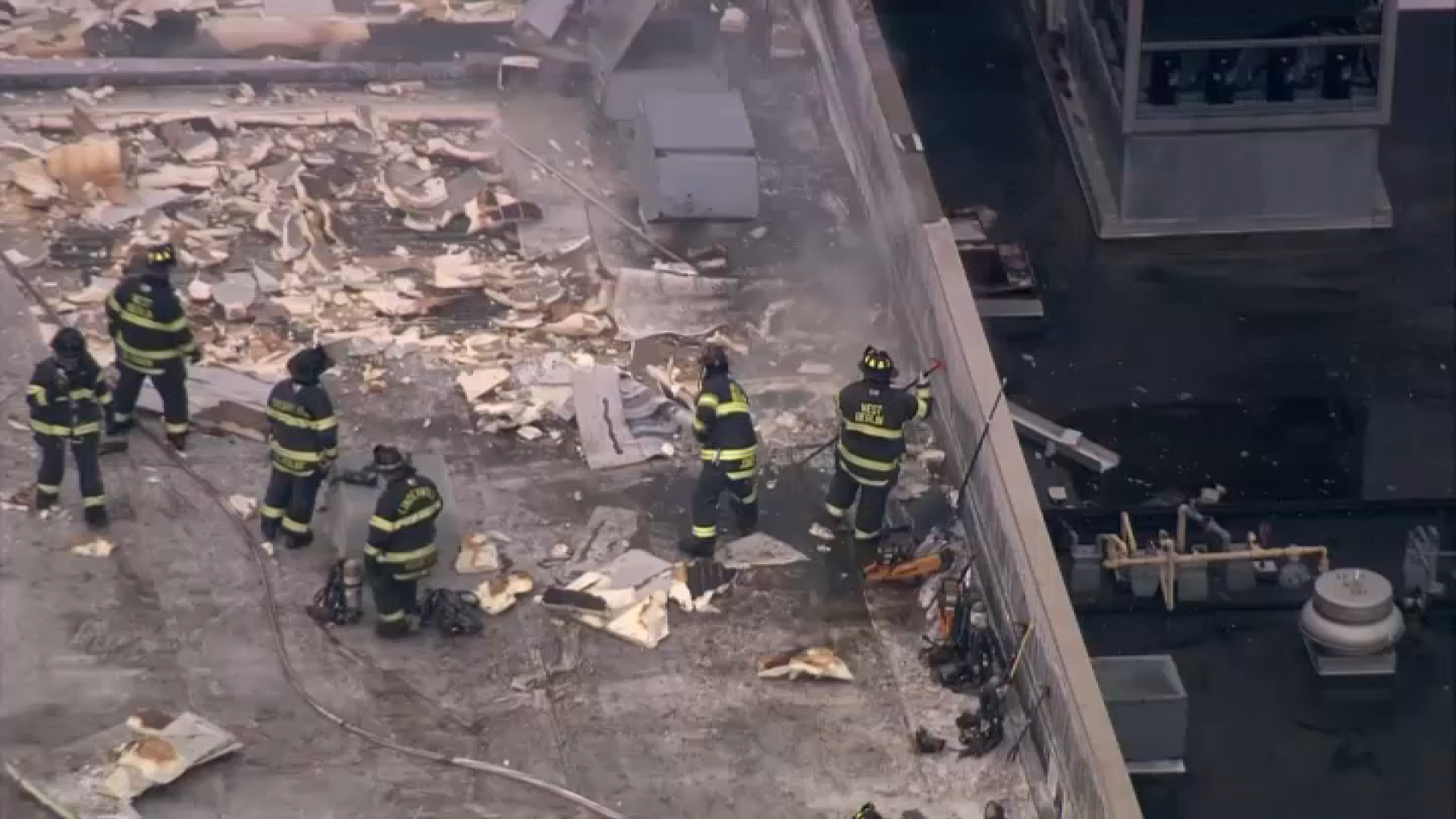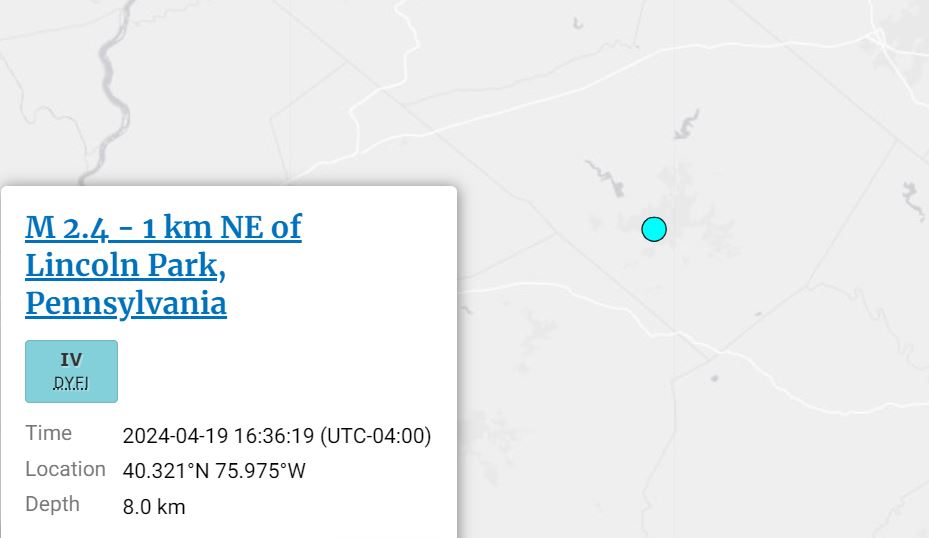What to Know
- During a storm Monday morning, many Philadelphians woke up to an emergency alarm and warning message on their phones.
- The message is called a Wireless Emergency Alert (WEA) and people are automatically opted into the alerts by their wireless carrier.
- Alerts are sent during child-abductions, extreme weather events and national emergencies.
Many living across the greater Philadelphia region woke up to a blaring alarm and warning message on their phone as strong winds and rain hit early Monday morning.
It was a warning to the threat of tornadoes for some parts of the area issued by the National Weather Service at 3:20 a.m. (That threat proved real as a strong tornado did strike a town in southern Delaware.)
Immediately after, thousands of people woke up to an emergency alert on their wireless devices warning to stay in place and take cover from possible tornadoes.
If you got the message, you received a Wireless Emergency Alert (WEA).
More than 100 wireless carriers participate in the Federal Emergency Management Agency’s program -- including the largest carriers like AT&T, Verizon, Sprint and T-Mobile.
Your cell-provider automatically opts their users into the alerts, but you are able to opt out in your phone's settings.
Local
Breaking news and the stories that matter to your neighborhood.
WEAs are less than 90 characters and although they look like text messages, they are not. They are authorized through federal, state and local governments and sent through your wireless carrier.
The alerts have a special tone and vibration that are both repeated twice – it’s intended to get your attention even if you’re asleep. Your device will not receive an alert if it is not powered on.
The warnings are sent to you based on your current location.
Alerts are also sent during child-abductions, extreme weather events and national emergencies.
You’ve probably received emergency alerts during flash floods, AMBER alerts and even the Presidential Alert that was sent last October.
You will never be charged for WEAs and they do not count towards texting limits on your wireless plan.
You can opt out of WEAs for imminent threats and AMBER alerts in your phone settings.
However, the WARN Act, passed by Congress in 2006, prohibits users from opting out of receiving Presidential messages.
More information on WEAs can be found here.
You can also sign up for local emergency alert systems like the Philadelphia Office of Emergency Management’s (OEM) ReadyPhiladelphia program.
"ReadyPhiladelphia is a completely opt in program, you wouldn't get an alert unless you signed up for one," said Jeffrey Kolakowski, a spokesperson from Phialdelphia's OEM.
ReadyPhiladelphia lets you opt into emergency weather alerts, SEPTA transit alerts, police alerts, event alerts and more.
"People got alerts from ReadyPhiladelphia during the Eagles Parade last year," Kolakowski said.
You can choose which ReadyPhiladelphia alerts to opt into here.
NBC10 also reached out to AT&T, Verizon, Sprint, and T-Mobile for statements on the Wireless Emergency Alert system. None of the four major providers responded to requests for information about their roles in administering emergency alerts.



